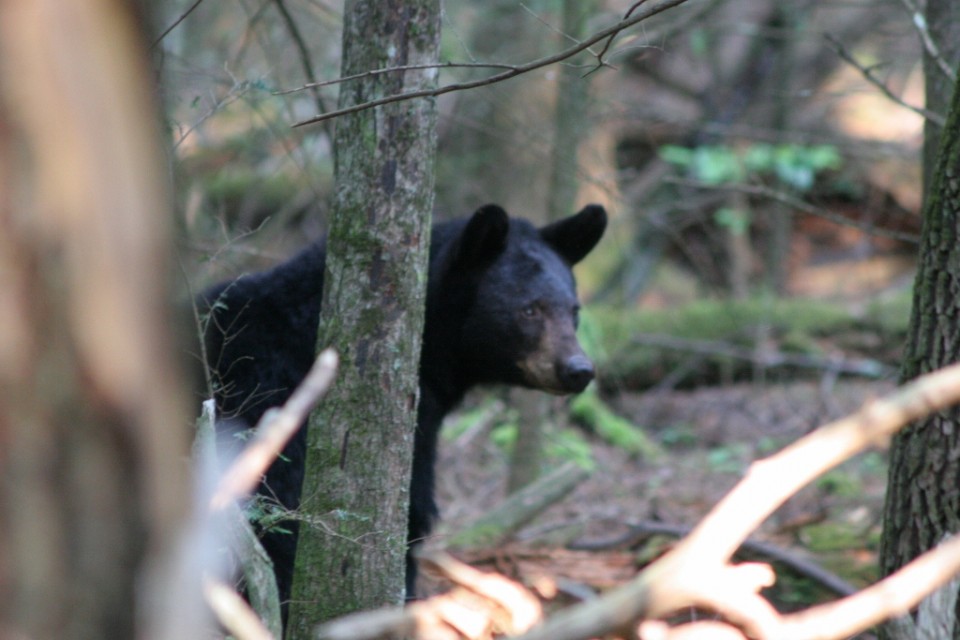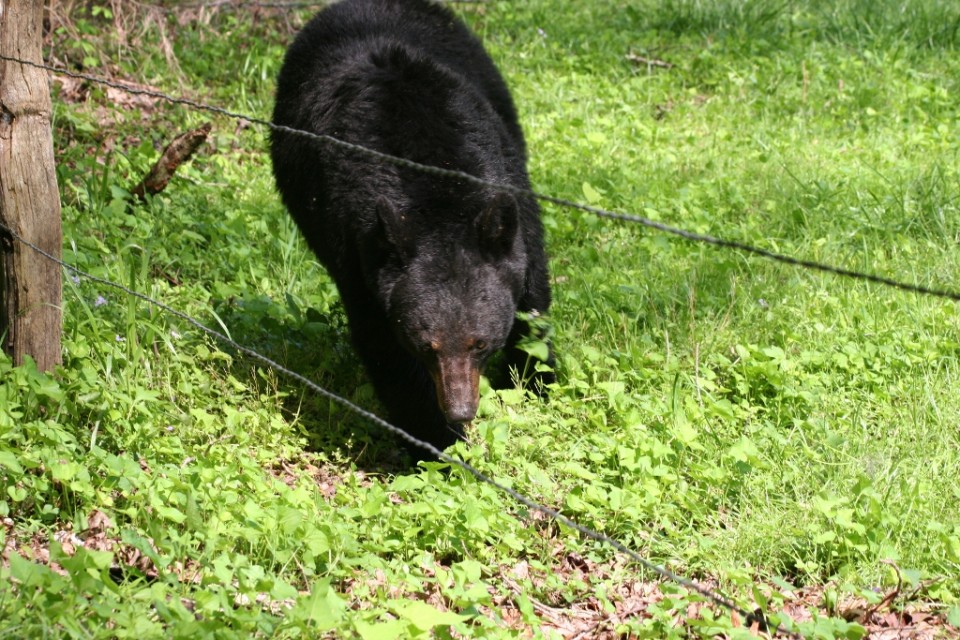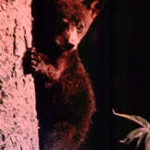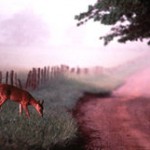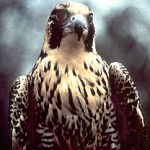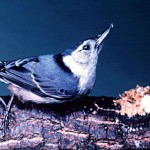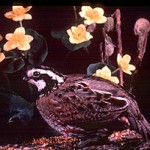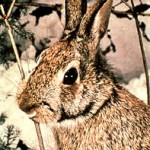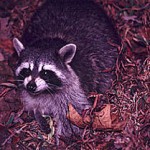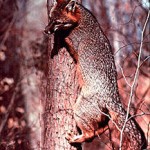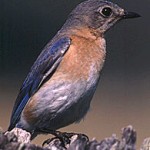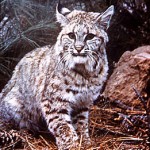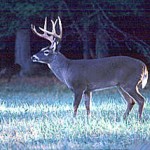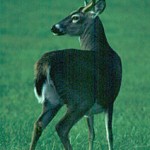The last time I visited the Great Smoky Mountain National Park, my husband and I observed some curious human behavior. We were traveling the loop in Cades Cove when we saw a crowd of people getting out of their cars. Some among them were closely approaching a black bear to take photographs. Alan looked at me uncomfortably and asked, “Does this remind you of anything?” I laughed and stuck my head out the sunroof and said to whomever would listen. “My husband followed a bear to take it’s picture and almost got mauled!” When the pronouncement received only minor attention, we drove on.
I’ve often wondered what possesses otherwise cautious city dwellers to stalk claw footed, spiked tooth, bears for nothing more than a 4×5 photo. My curiosity began the first time I ever came came to the Smoky Mountains National Park twenty years ago.
 Alan and I were newlyweds, and he had come home early from work with the idea: It’s a beautiful day, lets go to the Smokies! It was our first time. By evening, we were glowing from the long wonderful drive up Hwy. 19, and we sat by a stream eating fried chicken, honey, and biscuits We were deep in that “OOH, look at this”, and “AHH look at that” phase of our love affair with the Great Smokies.
Alan and I were newlyweds, and he had come home early from work with the idea: It’s a beautiful day, lets go to the Smokies! It was our first time. By evening, we were glowing from the long wonderful drive up Hwy. 19, and we sat by a stream eating fried chicken, honey, and biscuits We were deep in that “OOH, look at this”, and “AHH look at that” phase of our love affair with the Great Smokies.
All at once I remembered seeing something on TV about the dangers of feeding bears in national parks. Being a real scaredy-cat by nature, I asked Alan about it. “Oh, you’ll be lucky if you ever see a bear.” he said confidently. “They’re afraid of people.” Great! I thought. Aren’t animals more dangerous when they’re afraid?
A couple of minutes went by when I noticed a very black stump about 20 feet back in the forest and across the creek. As I looked closer, little eyes, and then a nose began to appear. My eyes widened. I took one look at Alan, and said sternly, “There’s a bear!” To his bewilderment, I got up and quickly walked some distance to the car.
Oh, no! The doors were locked! I turned around. Alan stood up for the first time, and looked at me in utter amazement. “What’s the matter?” he called.
“There’s a bear right accross the stream!” I yelled back. Alan stared at me for a moment, and then broke out laughing.
What kind of reaction is that? I wondered? Who was this nut I married, and was laughing himself silly? Hadn’t I warned him with all solemnity that danger lurked close by?
At last, Alan turned around and saw I was right. There was a bear. Rather than panic, as I had done, he simply picked up our food, walked back to the car and unlocked it. Thank goodness for that! We both got in. Safe at last!
While I was telling him how frightened I was, he was assuring me I was overreacting. He began fumbling for his camera and film. “What are you doing?” I asked.
“I’m going to get some pictures of the bear and her cub.” Alan said blithely.
“You’re what?” I looked across the stream to see the bear was indeed a mother with her cub. They were sniffing their way through the picnic area especially around the trash cans. “Are you nuts?” I asked Alan as he reached for the door handle. “You’re not leaving me out here!”
Alan got out of the car and began striding down the road toward the bears. Instantly, I envisioned myself as a young widow and quickly leaped from the car to protect my new husband. Exactly how I was going to do that was unclear. As we walked toward the roaming bears, I alternated between acting brave and warning of impending doom.
Meanwhile, Mama bear and her cub had attracted the attention of an older couple who were driving into the area. They stopped their car just as the bear began walking in our general direction. Impulsively, I climbed on top of the couple’s car, saying, “I hope you don’t mind!”
“No, not at all.” the old man said. Incredibly, he was somewhat amused. He turned his attention back to the bear, and my husband’s boudacious charge. The mother bear and cub disappeared into the edge of the forest. Alan held his forefinger in the air and said excitedly, “I’ll be just be a minute!” Then he too disappeared.
Very quickly, Alan saw his chance for the perfect picture! Excitedly, he framed the “perfect” scene: the cub with it’s paws on the side of a tree and looking right into the camera! Experiencing a bit of tourist nervana, Alan thought, How cooperative! In an instant his delusion of cooperation was shattered by a heart-stopping roar, and the sight of mama bear headed right for him! Alan froze, and mama bear stopped only a few feet from his stunned stare. Luckily, she was only bluffing in an effort to scare off the intruder. Mission accomplished! In shock, Alan retreated a safe distance.
Many naturalists claim the black bear is the strongest animal for its size in North America. Knowing this, and being, no doubt, discerning, you won’t repeat Alan’s mistake by chasing one down for a photo op. Hopefully you will be lucky enough and cautious enough to enjoy the park bears from a reasonable distance. Should one get too close, however, it is helful to know that bears have very poor eyesight and loud noises often scare them away. Also, it is helpful to know a campground bear is more likely to be dangerous because they can be enboldened by the desire for food and a history of having been fed by unsuspecting tourists.
Finally, if you are very unlucky indeed, and do run across the rare bear that shows a persistent interest in you, long-time hiking enthusiast, Charles Blair, suggests throwing rocks and, if all else fails, abandoning your food and climbing a tree.
Keep these things in mind and both you and the bears will survive your trip to the Great Smokies National Park!
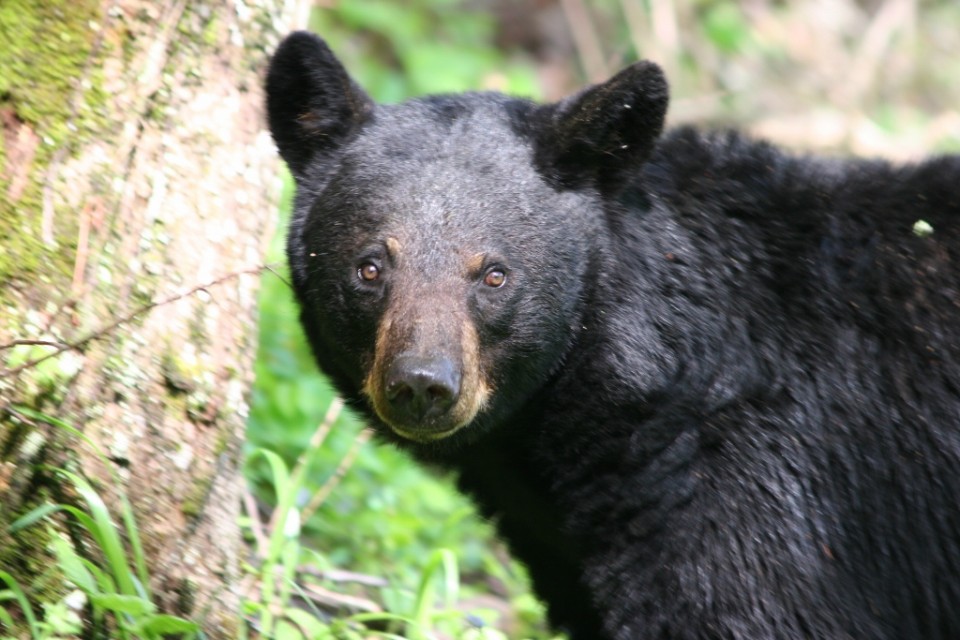
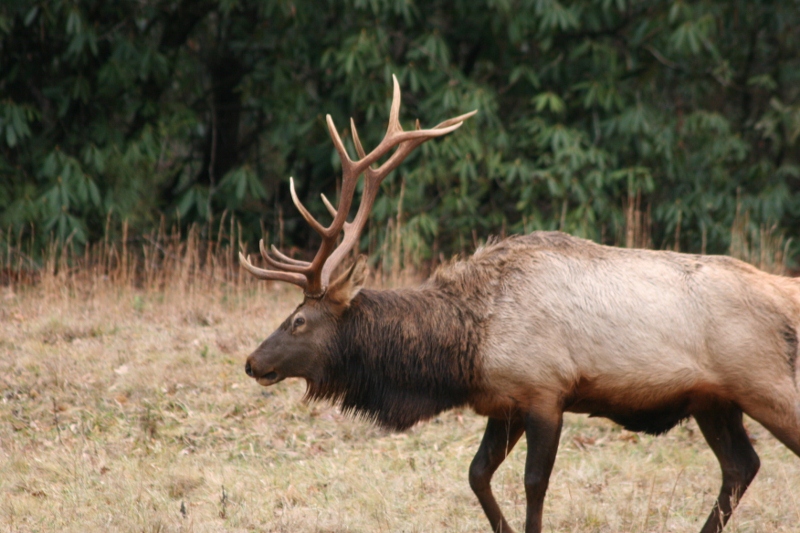
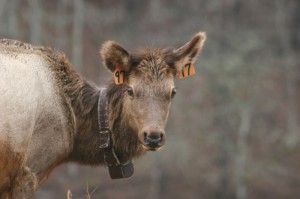 The elk is a big animal. Much bigger than the deer that are in
The elk is a big animal. Much bigger than the deer that are in 